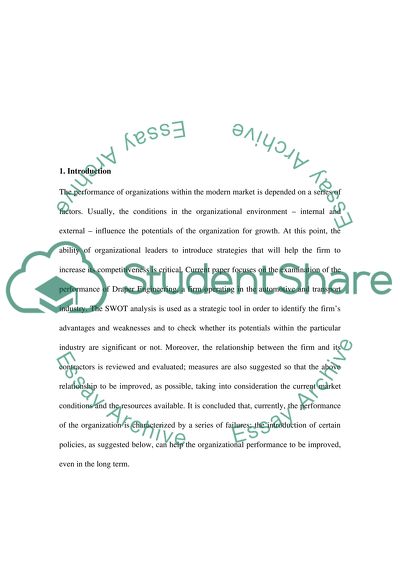Cite this document
(“Draper Engineering case study Essay Example | Topics and Well Written Essays - 2500 words”, n.d.)
Retrieved from https://studentshare.org/environmental-studies/1421035-draper-engineering-case-study
Retrieved from https://studentshare.org/environmental-studies/1421035-draper-engineering-case-study
(Draper Engineering Case Study Essay Example | Topics and Well Written Essays - 2500 Words)
https://studentshare.org/environmental-studies/1421035-draper-engineering-case-study.
https://studentshare.org/environmental-studies/1421035-draper-engineering-case-study.
“Draper Engineering Case Study Essay Example | Topics and Well Written Essays - 2500 Words”, n.d. https://studentshare.org/environmental-studies/1421035-draper-engineering-case-study.


